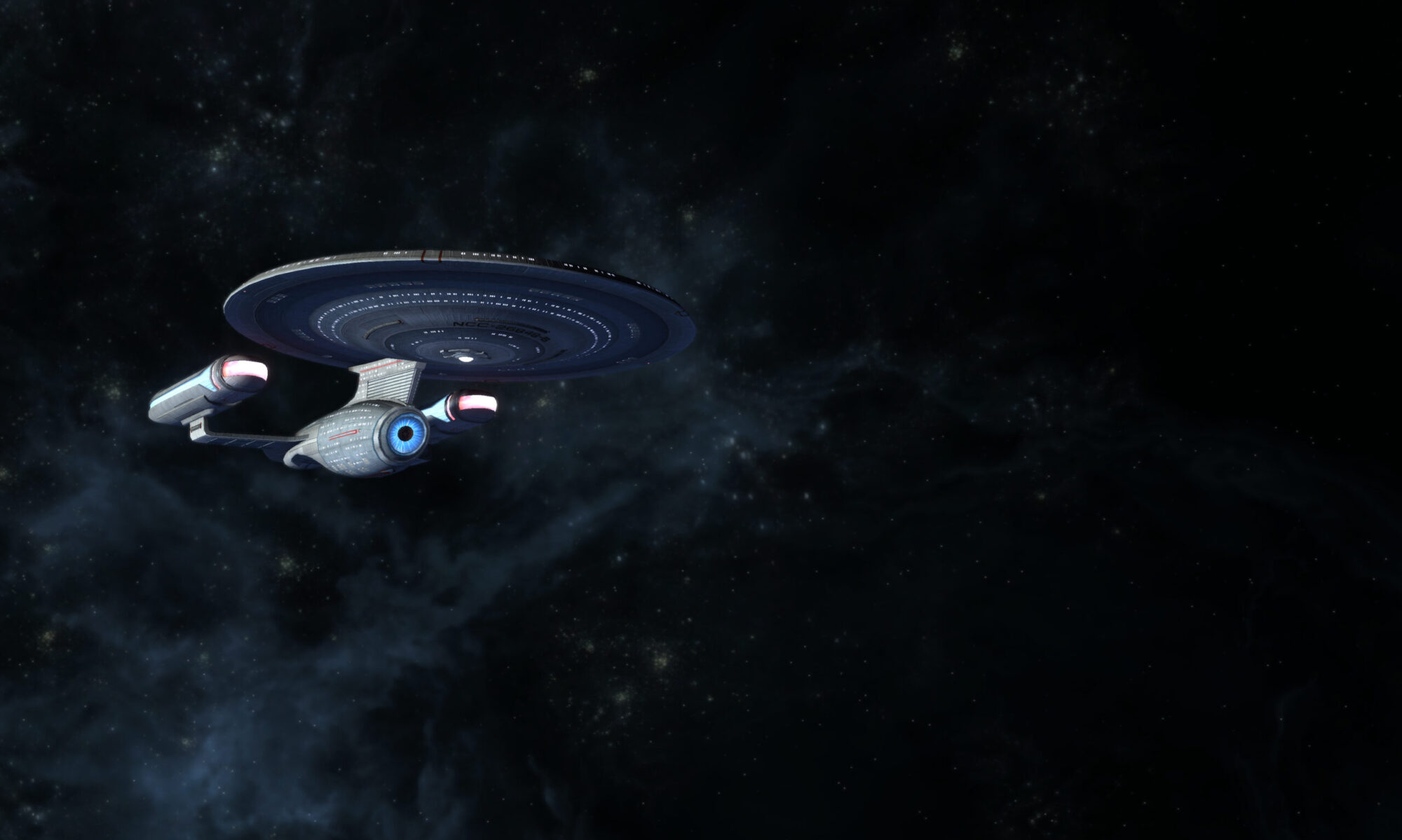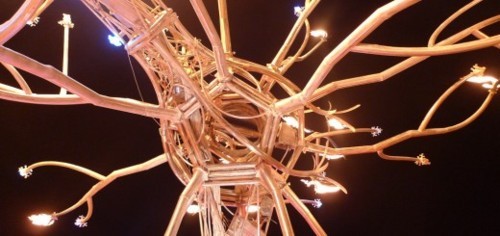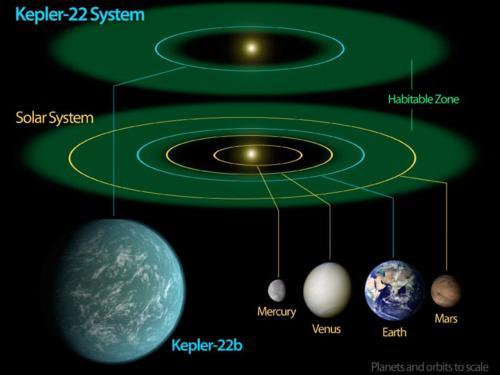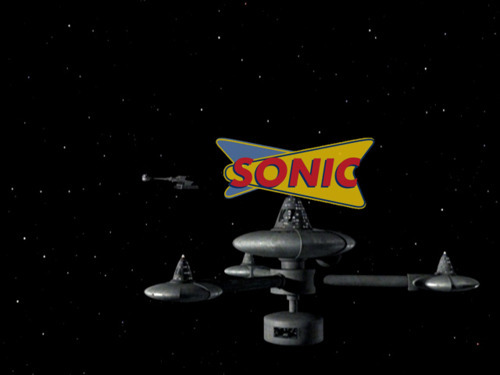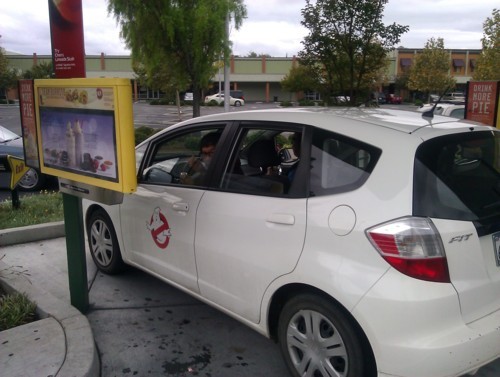
What is SFSO? Starfleet Special Operations command is the group for those who have an interest in the Ground Operations/ Combat side of the fleet universe. Although never actually mentioned in cannon, it is a safe assumption that the military arm of the United Federation of Planets would have combat trained ground forces, should the need arise. Multiple times throughout the various series and movies, the need has arisen. The SFSO is the intelligence gathering arm of Starfleet, both Covert and Military Intelligence. We are sort a cross between the CIA and Military Intelligence. We have rangers, SEALS, Force Recon, Covert Intel, and MACO. We are essentially Starfleet Intelligence. Some of the more notable people in TOS and TNG were most probably SFSO. Colonel West in VI, Kirk, Sulu, Uhura, Picard, Worf, and Dr. Crusher were Specops Trained for the Cardassian infiltration. As were the MACO’s in Enterprise.
So what does SFSO do? That is the beauty of SFSO. Sure there is a manual. Sure there are academy courses (one of the bigger colleges at the Academy by the way).SFSO’s academy courses are written by former military members and also have real-world applications and information. They are more than just movie trivia. But there is not much dictating what you *have* to do. The main goal of Starfleet Special Operations is to have fun and give the member a slightly more militaristic way to play without all the hard nosed regulations fru-fru of the Starfleet Marine Corps. We provide an outlet for those who just want something a little different that the standard vanilla Starfleet experience.
So what are you waiting for? Check us out at www.sfso.sfi.org, or contact me directly at sfso@sfi.org if you have any questions.
~Capt. Erik Roberts
Chief Security Officer
USS Loma Prieta
Starfleet, Region 4
Deputy Director
SFSO – Operations

[Above: The special pin available only to SFSO members]
